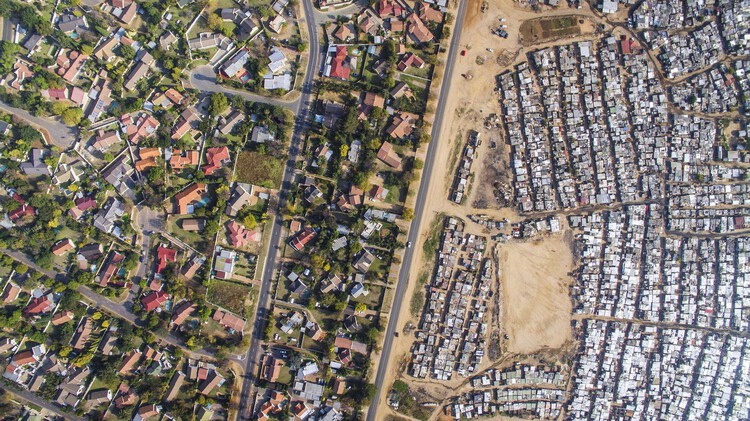
Design Justice is a branch of architecture and design focused on redesigning cities, products, services and environments with historic reparations in mind.
The term emerged about 7 years ago when debates and dialogues about inclusion and diversity in spaces started to get stronger, creating movements that fought for the rights of people who had their roots and choices denied in society.
“Design justice” seeks to rethink design processes, focusing on people who are often marginalized by it, and using collaborative and creative practices to approach the deeper challenges our communities face.
For example, we know that in the Americas our architecture was almost 100% built on the aesthetics and desires of our colonizers. Indigenous and black peoples had no participation in the process of construction of cities and buildings and still had their ancestry and socio-cultural habits denied in the process of creating everything that involves an urban space.

The consequence is that Brazilian cities almost entirely represent the face of our white and European colonizers, even though Brazil is made up of 56% black population, 0.5% indigenous population and 10% LGBQT.
Black Lives Matter
In 2020, the Black Lives Matter movement started with the murder of George Floyd in the USA, triggered the toppling of statues of slave settlers by people who considered that an offense in their walk in that place.

This act is nothing but Design Justice in practice. The information and discussion stimulated by the digital age and the rapid sharing of information has awakened in oppressed groups the desire to live in environments that are fair with their history.
In Bristol, the statue of slave trader Edward Colston was replaced by a statue of a black woman with her hand raised representing the significance of the movement and its importance in society.
Why Is Design Justice Important?
First, there is no longer the idea of building and creating any kind of product or service without first thinking about who you are benefiting or harming. Spaces have to be thought out entirely according to the logic of everyone who will be part of that place.
If this is not taken into account, at some later time, serious consequences of this exclusion can come to light causing damages.
Second, brands and companies have started to notice that they are losing customers when they don't care about causes, minorities and important movements in society: people stop buying and actually boycott everything they don't agree with – from products to the design of spaces.
That's what happened to Crossfit creator Greg Glassman, who made a controversial statement about racism and the BLM. Several brands (such as Reebok and Rogue Fitness), athletes and gyms began boycotting the Crossfit brand and unlinking their names to the sport.
Who Is Doing It
It is very important that design professionals begin to study Design Justice and understand the importance of this movement for the planet.
Nowadays Design Justice is a niche, with offices specialized in it, but the idea is that it becomes something completely natural in our daily lives where rethinking structural design problems is something normal and not a “specialty”, even preventing the population from having to act in their own cause. toppling monuments.
In California, the DJ+DS office has stood out in projects with design practices focused on Design Justice thinking. From schools to a renovated bus that shelters refugees, architect Deanna Van Buren, head of the office, specializes in designing based on dialogue and shared construction with those who will use the space.
The architect is a mediator and not the owner of the final design and builds the ideas from a collaborative panel with several other agents.

Also in the US, MIT professor Sasha Costanza-Chock advocates teaching Design Justice in colleges. She is the author of a book on the subject (Design Justice: Community-Led Practices to Build the Worlds We Need) and has also created an international community for discussion and training on DJ around the world.
Sasha advocates incisively for the LGBQT cause, encouraging her students to think about structural problems that are almost natural in the design process and end up being overlooked by architects and designers in their spaces: for example, the binary division of toilets (male and female) – what happens when a trans, cis or agender person is not comfortable with this division?

It is a fact that we need to recognize the inadequacies of the past of our spaces and admit the prejudiced and unfair practices that formed the status quo and unfair privilege in the way we design.
Our built environment must not reflect the power and history of the few, but rather represent and reinforce justice and well-being for all.
Vía Tabulla.






